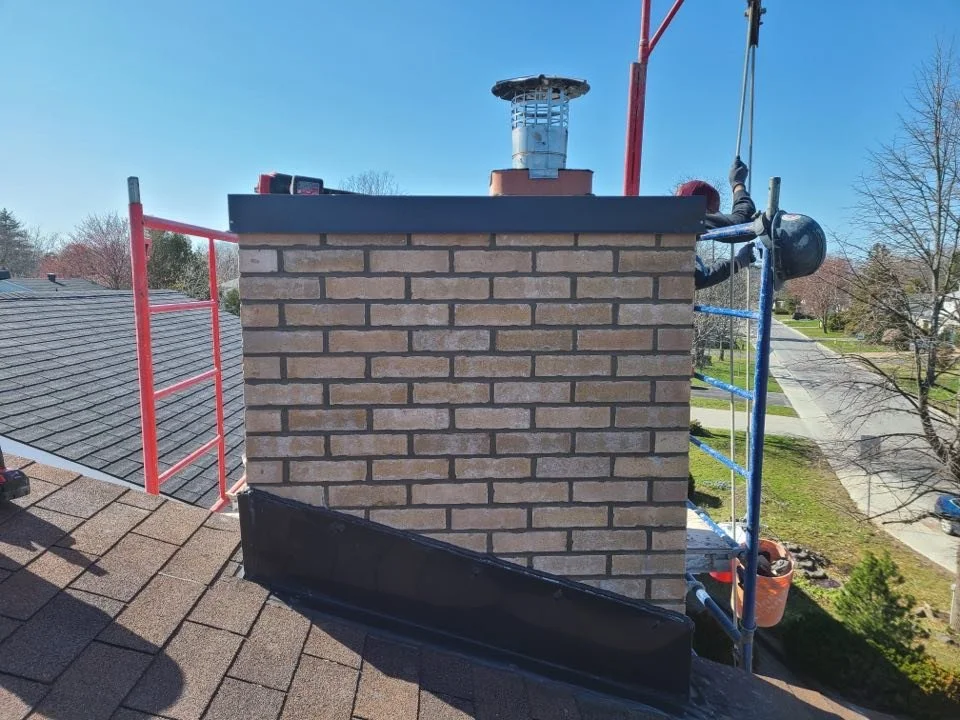5 Signs your Chimney is Failing
Chimneys are a valuable structure of your home, but they also can be a hazard if damaged. Chimneys can deteriorate quickly if not maintained and can cause serious harm not only to the structure of the home but also to any person who gets in the way of its path of deterioration. From effloresces to chimney crown damage, here are 5 signs that indicate your chimney is failing. If any of these signs of chimney failure is visible, it is important that you contact your masonry contractor to keep your structure and family safe from potential harm.
Efflorescence
Discolouration or white-coloured staining on a chimney is called efflorescence. Efflorescence is a sign or indication that moisture is trapped and affecting the masonry. If not attended to, damage to your chimney is likely to happen.
Mortar Deterioration
Mortar joint deterioration or noticeable damage should be attended to right away. If not, water entry is possible, causing further damage such as spalling or splitting. If left unattended during winter, freezing can occur, putting pressure on the brick, and ultimately causing cracking, or spalling. Loose or damaged mortar joints can cause an unstable chimney and can potentially cause your chimney to collapse.
Shaling flue liner
If your flue lining is damaged, you may be noticing pieces of your chimney tile collecting in the fireplace. Flue liners are the safeguards that allow your fireplace to operate properly and vent high temperatures. If not taken care of, chimney fires are highly probable and water entry/damage is likely.
Spalling
Do you ever notice pieces of crumbled brick on your shingles or the base of your chimney structure? Spalling is an issue which occurs on the outside and inside of the chimney. Moisture entry or weathering naturally over time allows brick, block, or stone to become vulnerable and can cause spalling, splitting, flaking or chunks of your masonry structure to separate from its unit. It is necessary to repair your chimney to prevent collapse, further deterioration, or safety concerns.
Chimney Crown Damage
If you notice chunks missing or splitting in your chimney crown, chances of water entry are highly likely. The crown plays an extremely important role in protecting your chimney from water entry and harsh climates. It also plays an important role by having a drip edge created on your crown which diverts water away from your chimney structure - keeping the inside dry and outside sturdy. For Canadian climate, it is best to have a metal crown, instead of the traditional concrete crown.

